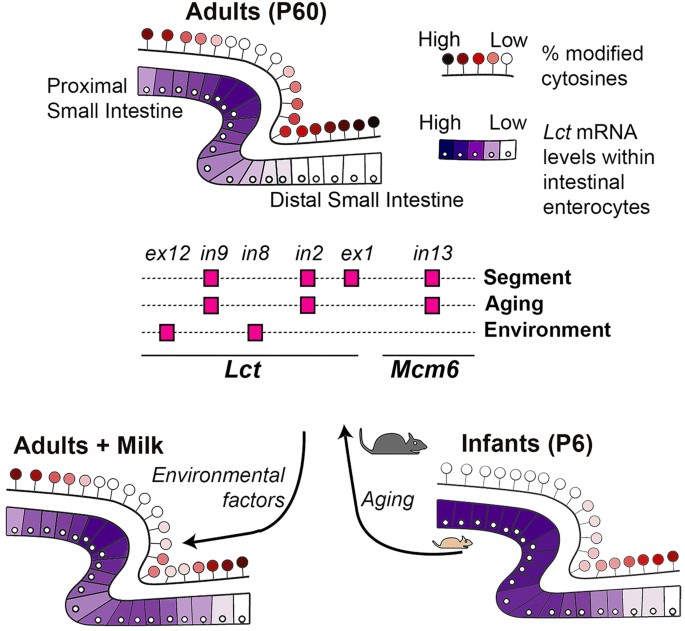Molecular biology is the study of the structure and function of life-essential molecules such as DNA, RNA, and proteins.
This branch of biology is capable of providing rigid evidence for evolution by comparing the similarities and differences among these molecules in different organisms. That's by analyzing the molecular sequences of genes and proteins, scientists can infer the evolutionary relationships among species and reconstruct their evolutionary history.
Some of the most powerful molecular tools for studying evolution is:DNA sequencing
 |
| Image: Berkeley.edu |
Protein Sequencing
It is yet another molecular tool for studying evolution. It determines the order of amino acids in a protein molecule. Proteins are the products of genes, and they perform various functions in the cell.
Protein sequencing can also reveal the evolutionary relationships among species by comparing their protein sequences. The more similar the protein sequences are, the more recent their common ancestor was.
For example, hemoglobin is a protein that carries oxygen in the blood. Humans and gorillas have identical hemoglobin sequences, which indicates that they diverged from a common ancestor very recently.
Gene Expression and Regulation
Molecular biology can also provide evidence for evolution by examining the patterns of gene expression and regulation in different organisms. Gene expression is the process by which genes are turned on or off to produce proteins. Gene regulation controls gene expression. Gene expression and regulation can vary depending on the environmental conditions, developmental stages, or tissue types of an organism.
By comparing the gene expression and regulation patterns among different organisms, scientists can learn how genes have evolved to adapt to different environments and functions.
One example of how gene expression and regulation can provide evidence for evolution is the lactase gene. This gene codes for an enzyme that breaks down lactose, a sugar found in milk. Most mammals lose the ability to digest lactose after weaning, because they no longer need to consume milk.
 |
| Image: Nature.com |
However, some human populations have evolved to retain lactase activity throughout adulthood, which allows them to digest milk products. This is an example of gene regulation evolution, where a mutation in the regulatory region of the lactase gene has enabled it to remain active in adult humans.
Molecular Mechanisms
Molecular biology can also provide evidence for evolution by identifying the molecular mechanisms that generate genetic variation and innovation. Genetic variation is the raw material for evolution which provides the diversity of traits that natural selection can act upon. Genetic variation can arise from various sources, such as mutations, recombination, gene duplication, horizontal gene transfer, and transposable elements.3
Mutations
Mutations are changes in the DNA sequence that can alter the function or expression of a gene. Mutations can be beneficial, neutral, or harmful depending on their effects on fitness.
For example, a mutation in the gene that codes for sickle hemoglobin causes sickle cell anemia. However, this mutation also confers resistance to malaria, a beneficial trait in regions where malaria is prevalent.
Recombination
The process by which segments of DNA are exchanged between homologous chromosomes during meiosis - the cell division that produces gametes (sperm and egg cells). Recombination can create new combinations of alleles (alternative forms of a gene) that can increase genetic diversity and produce novel traits.
Gene duplication
Duplication is the process by which a segment of DNA is copied and inserted into another location in the genome. Gene duplication can create redundant copies of genes that can diverge over time and acquire new functions or expressions. For example, the globin gene family consists of multiple copies of genes that code for different types of hemoglobin proteins that have different oxygen-binding properties and are expressed at different stages of development.
Horizontal gene transfer
When DNA is transferred from one organism to another through mechanisms such as viral infection, bacterial conjugation, or endosymbiosis it is termed as the horizontal gene transfer. This mechanism can introduce foreign genes into an organism's genome that can confer new functions or adaptations. For example, some bacteria have acquired antibiotic resistance genes from other bacteria through horizontal gene transfer.
Transposable elements (Jumping Genes)
These are segments of DNA that can move from one location to another in the genome. Transposable elements can create or disrupt genes, alter gene expression or regulation, or generate genetic diversity by facilitating recombination or duplication. For example, some transposable elements contain genes that code for enzymes that can cut and paste DNA sequences.
In the final line, molecular biology provides a solid evidence for evolution by comparing the molecular sequences, structures, functions, expressions, and regulations of genes and proteins among different organisms.
It also reveals the molecular mechanisms that generate genetic variation and innovation, which are the primary basis for evolutionary change.
References:
- Alberts, B., Johnson, A., Lewis, J., Morgan, D., Raff, M., Roberts, K., & Walter, P. (2015). Molecular biology of the cell (6th ed.). Garland Science.
- Campbell, N. A., & Reece, J. B. (2008). Biology (8th ed.). Pearson Benjamin Cummings.
- Futuyma, D. J., & Kirkpatrick, M. (2017). Evolution (4th ed.). Sinauer Associates.
- Griffiths, A. J. F., Wessler, S. R., Carroll, S. B., & Doebley, J. (2015). Introduction to genetic analysis (11th ed.). W.H. Freeman.
- Pierce, B. A. (2017). Genetics: a conceptual approach (6th ed.). W.H. Freeman.

Post a Comment